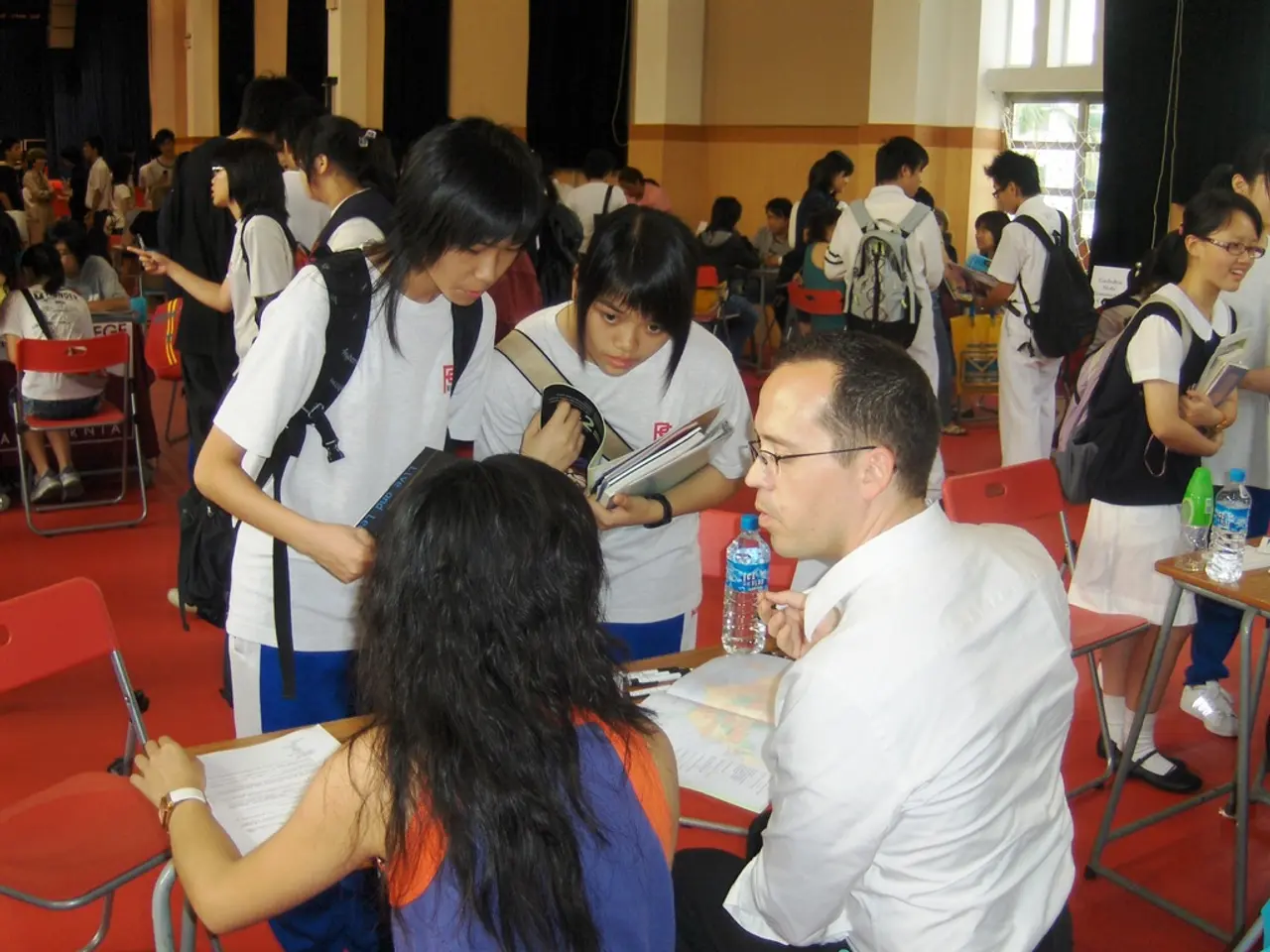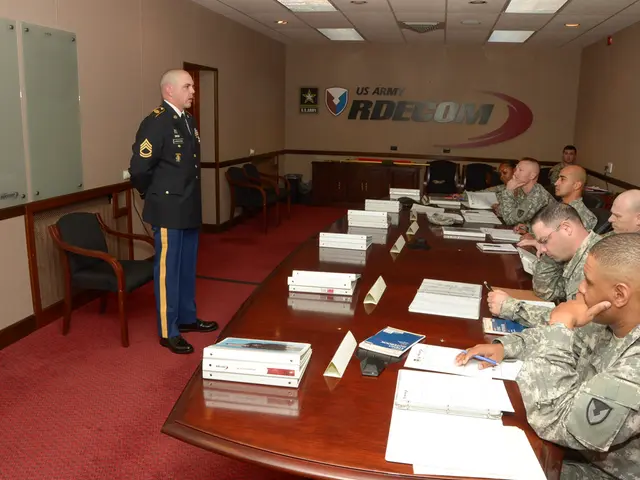Sky-high temperatures causing learning challenges: An examination of escalating school heating predicaments
In a worrying trend, a survey reveals that an overwhelming 90% of respondents have experienced heatwaves, with most reporting negative impacts and noting the adverse effects on their students. As temperatures continue to rise, the need for action becomes increasingly urgent.
Across the globe, schools are adapting to the heat by installing air conditioning units. However, without affordable renewable electricity supplies, air conditioning comes with a hefty financial and environmental cost. This is particularly true in developing countries, where the lack of infrastructure and resources exacerbates the problem.
One such country is the Maldives, where the Cool School Project aims to equip all of its 3,704 classrooms with air-conditioning units by the end of 2025. On the other hand, Nepal, with minimal preparedness or response measures in place for dealing with hot classrooms, faces a different challenge. There are no specific national guidelines for the maximum temperature of classrooms, and scant guidelines exist for what constitutes a temperature too hot for learning.
In the US, the issue is not just about extreme heat but also about outdated school buildings. The average US public school was built nearly half a century ago and was not designed to function in the present-day climate. This is evident in a single school building, where the difference between the coolest and hottest classrooms could exceed 14C on a hot day.
The urban heat island (UHI) effect, characterised by cities having higher temperatures than the surrounding countryside, is a significant contributing factor. This phenomenon is caused by factors such as fewer trees, more concrete and brick buildings, energy use, and less shade.
Unicef reports that hundreds of millions of schoolchildren globally missed out on education in 2024 due to heatwaves. Low- and middle-income countries are particularly affected by the closure of schools due to heat. In Nepal, heatwaves have been growing in strength and length in recent years, and disaster management focuses on flooding, earthquakes, and landslides, rather than slow-onset hazards like heat.
However, there is hope. A government policy introduced last year in Nepal mandates weather monitoring at "all local levels". Recommended measures for countries with outdated school buildings to better manage increasing heat during the school year include structural adaptations such as creating more green spaces and improving ventilation, as well as behavioral strategies like ensuring sufficient water intake and heat-protective training for staff.
Technological solutions like intelligent greenhouses with sensors to monitor temperature and humidity can also serve as model approaches to heat adaptation. In some extreme cases, schools have had to allow students to wear swimwear due to the heat.
Research has shown that hot classrooms make it harder to learn, with each 1F increase in school-year temperature reducing learning by 1%. A June 2020 report by the Government Accountability Office in the US estimated that 41% of public school districts need to replace or update heating, ventilation, and air conditioning (HVAC) systems in at least half their schools. That's roughly 36,000 schools across the country.
As the world grapples with the challenges posed by rising temperatures, it is clear that a comprehensive and coordinated approach is needed to ensure that every child has access to a comfortable and conducive learning environment. The future of education depends on it.
Read also:
- Understanding Hemorrhagic Gastroenteritis: Key Facts
- Stopping Osteoporosis Treatment: Timeline Considerations
- Tobacco industry's suggested changes on a legislative modification are disregarded by health journalists
- Expanded Community Health Involvement by CK Birla Hospitals, Jaipur, Maintained Through Consistent Outreach Programs Across Rajasthan








